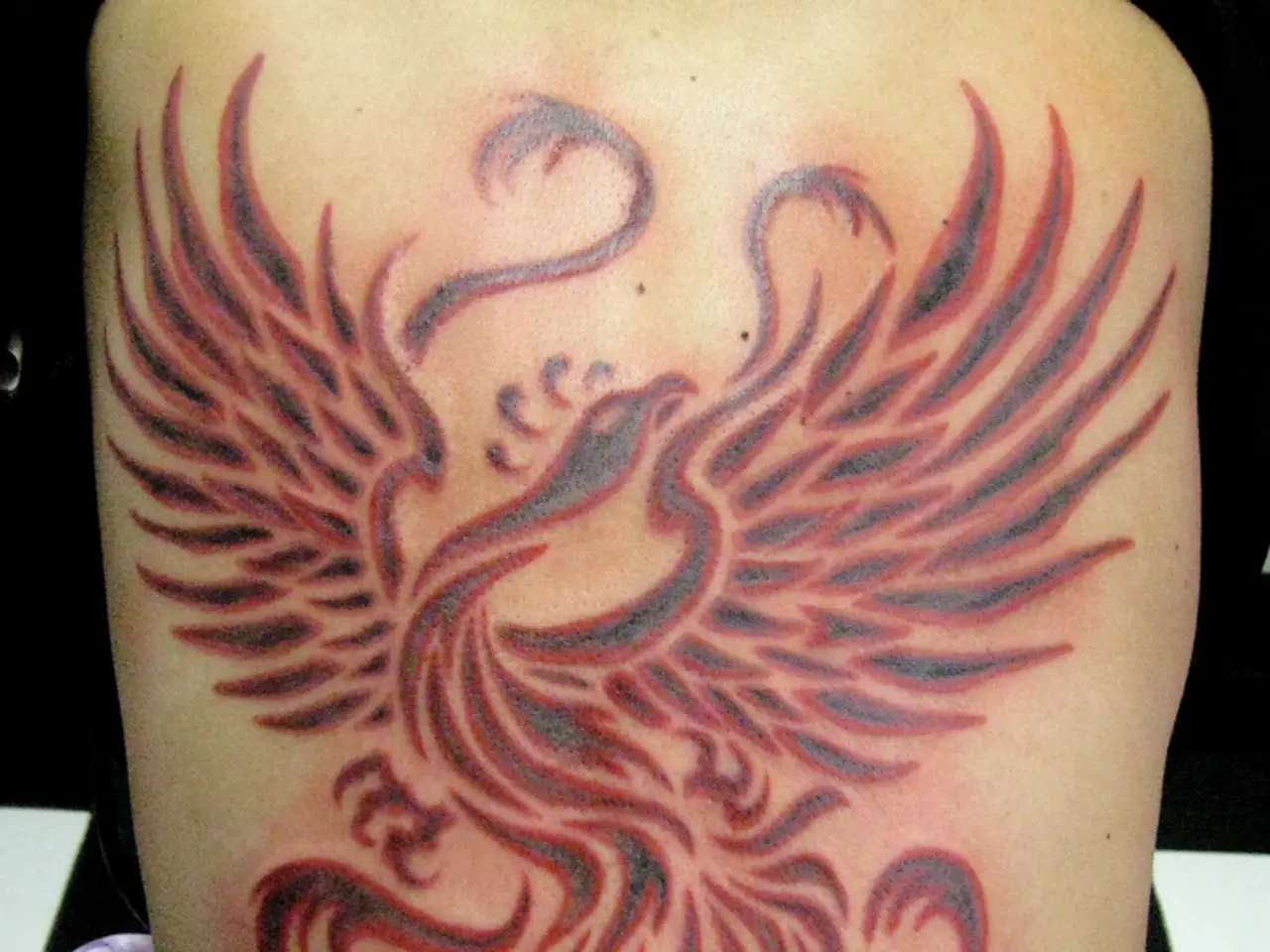From Darkness to Brightness: Embracing Laser Tattoo Artistry
In the realm of cosmetic procedures, one of the most intriguing topics is laser tattoo removal. This modern technique, which has transformed the world of body art, has its roots in the scientific understanding of light and skin.
Kristina Dupont, a renowned tattoo removal specialist, is a testament to this transformation. Her journey began with a personal experience, trying to remove a sun tattoo. Today, she emphasises the importance of understanding different skin types, being highly skilled, and using the right machines for tattoo removal.
Similarly, Derek Marandola, a specialist in Montreal, advocates for the same principles. Before embarking on their respective careers, Dupont was a psychoeducator and Marandola was an electrician. Their shared passion for this field has led them to become leading figures in the industry.
The effectiveness and safety of laser tattoo removal depend on choosing the right wavelength for each pigment. Different pigments require different colours of laser. For instance, the 1064 nm wavelength, which is near-infrared, is primarily used for removing black and darker inks. It penetrates deeply with minimal melanin absorption, making it safer for darker skin tones by reducing the risk of skin damage.
On the other hand, the 532 nm wavelength, which emits green light, is effective mainly for red, orange, and some yellow pigments. However, it has a higher risk of affecting lighter skin due to melanin absorption.
A newer option, the 730 nm wavelength, is specifically designed to treat challenging blue and green tattoos. It improves clearance rates for these difficult colours with minimal skin damage.
Advanced picosecond lasers, like PicoWay and Phantom Femto300, combine multiple wavelengths, allowing them to target a wide spectrum of ink colours including black, blue, green, red, yellow, and orange. This optimises safety and efficacy across various skin tones.
Regarding skin colour considerations, longer wavelengths (e.g., 1064 nm) are preferred for darker skin types because they are less absorbed by melanin, thus lowering the risk of burns and pigmentation changes. Conversely, shorter wavelengths are more effective on lighter skin but carry higher risks when used on darker pigmentation.
Laser tattoo removal sessions are quick, a few minutes, but multiple sessions are often required to complete the work. The waiting period between sessions is six to eight weeks, and aftercare instructions must be followed, such as avoiding the sun. It's important to note that these sessions can be painful, even with numbing creams.
Specialists like Dupont and Marandola use various techniques to lessen the pain during treatment. For instance, Dupont cools the treated area to -30 degrees, while Marandola uses an anesthetic cream and a cooling machine.
The field of laser tattoo removal has come a long way since its inception. Pioneers like a physicist named Caroline Boudoux, who is now a professor at Polytechnique Montreal, have played crucial roles in its advancement. Boudoux witnessed the perfection of a tattoo-removing laser at the Wellman Center for Photomedicine in Massachusetts, two decades ago.
The Wellman Center for Photomedicine, a world-renowned centre that studies the effects of light on biological tissues, is located in Massachusetts. R. Rox Anderson, a dermatologist associated with the centre, was instrumental in the invention of laser hair removal and the technology behind cryolipolysis (CoolSculpting).
However, despite these advancements, there are still concerns about the safety of tattoos. Quebec Science published an issue that delved into the question of the danger of tattoos by looking at infections, allergies, cancers, and the toxicity of inks. As the tattoo removal industry lacks regulation in many medical-aesthetic fields, Dupont and Marandola advocate for government regulation to ensure the safety and efficacy of these procedures.
In conclusion, effective and safe laser tattoo removal uses a combination of wavelengths—mainly 1064 nm, 532 nm, and 730 nm—to match tattoo ink colours and skin types. Newer picosecond lasers with multiple wavelengths and ultrashort pulse durations improve treatment safety and success by breaking ink particles via a photoacoustic effect with less heat damage. As the field continues to evolve, it's essential to prioritise safety, skill, and the right technology for optimal results.
Culture and science intertwine in the realm of laser tattoo removal, as the advancements in this medical-condition focused field have significant implications for health-and-wellness and skin-care. Technology plays a crucial role, particularly in the development of lasers, with innovations like picosecond lasers offering enhanced safety and efficacy in the removal of various tattoo inks across diverse skin types. As with any medical procedure, it's essential to prioritize safety, skill, and the right technology for optimal results, as advocated by specialists like Kristina Dupont and Derek Marandola. The evolving landscape of laser tattoo removal is a testament to the progress of science and technology, contributing to the ongoing dialogue about health and wellness in culture.




